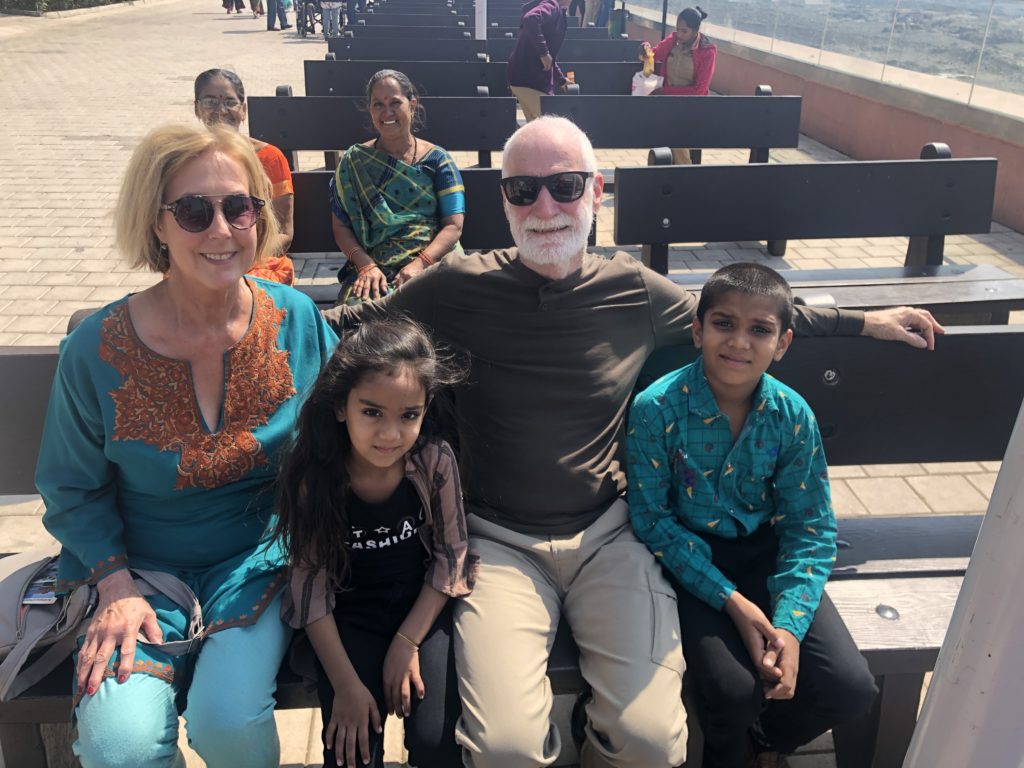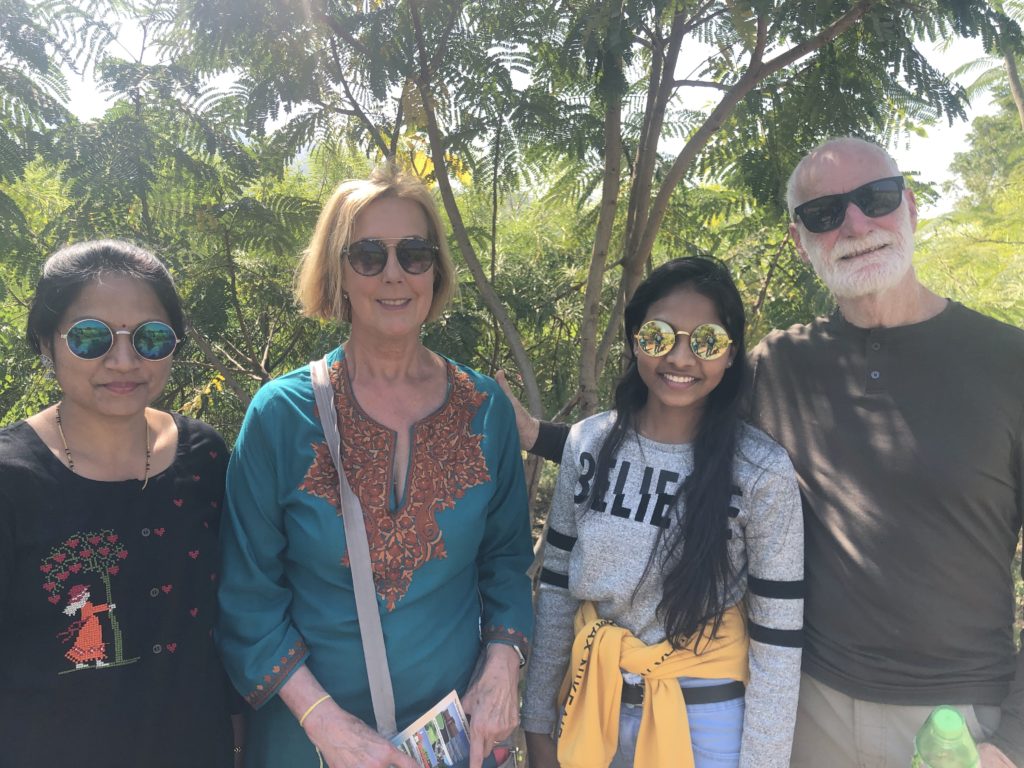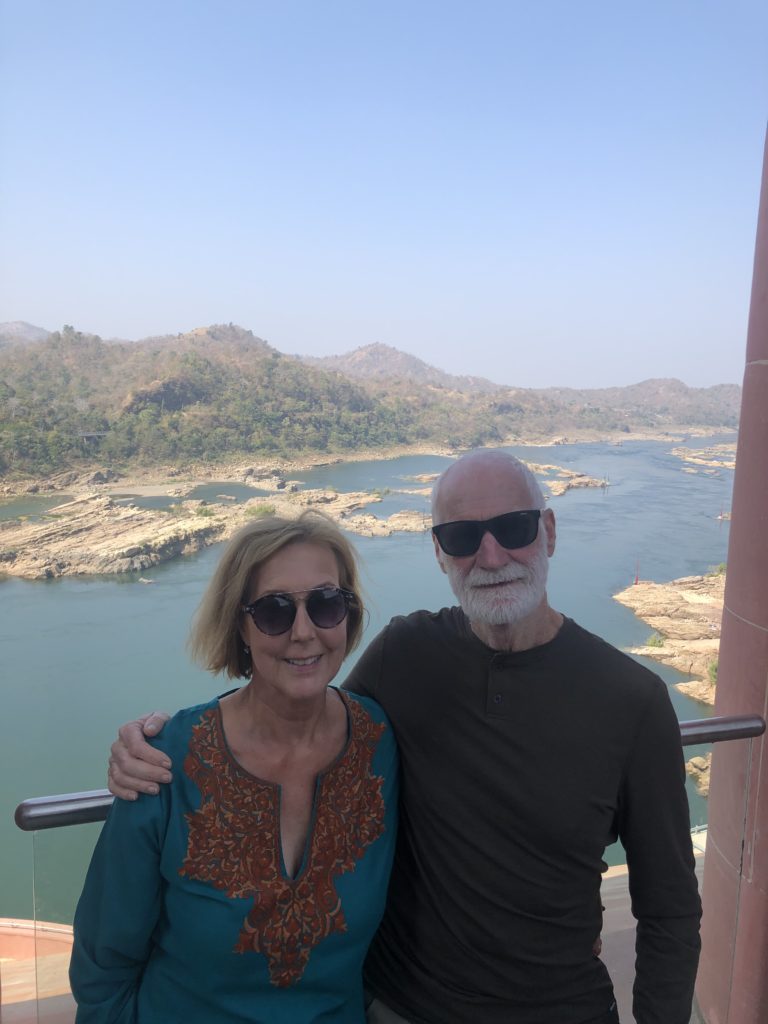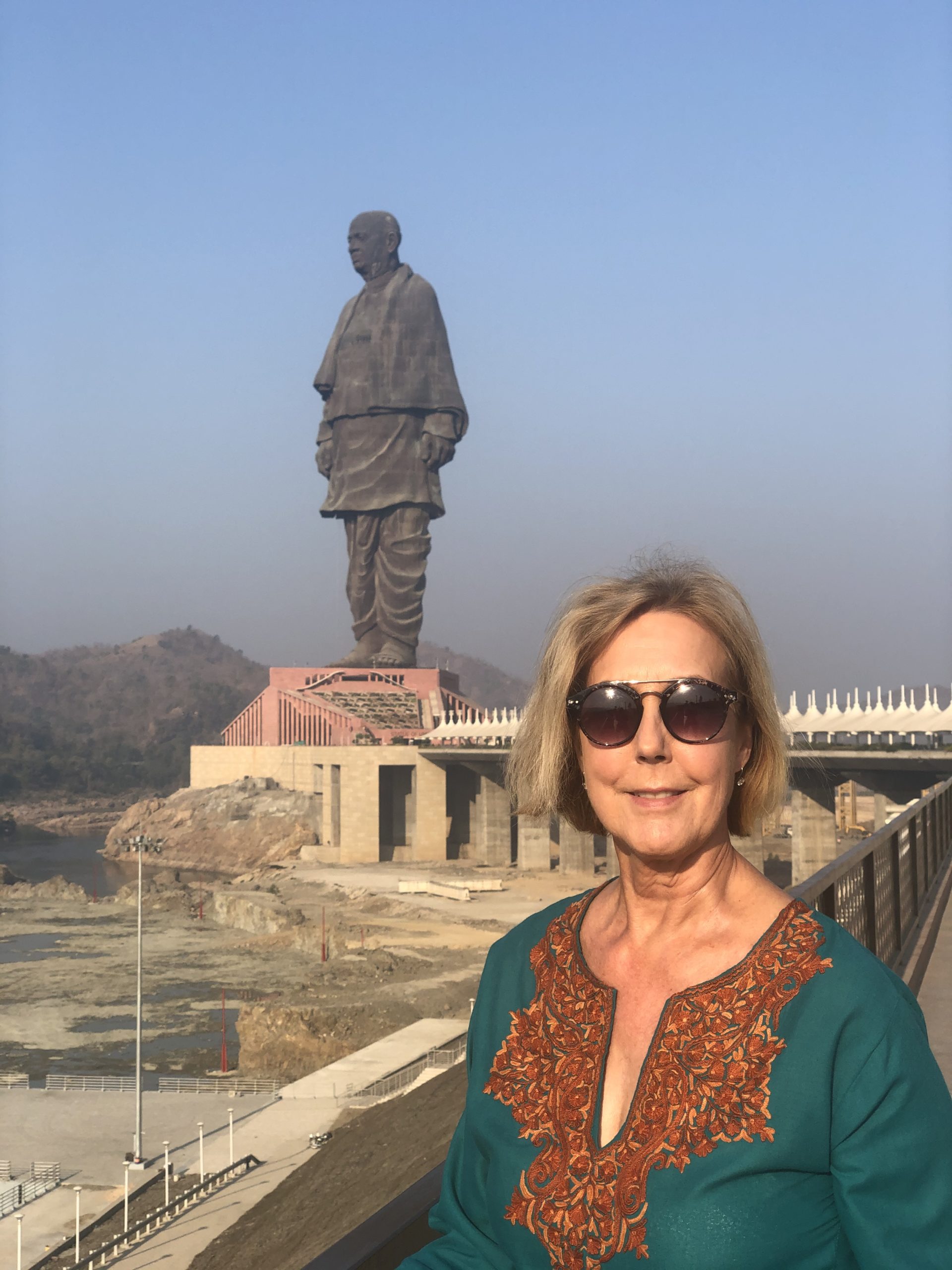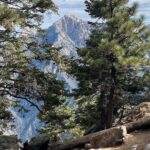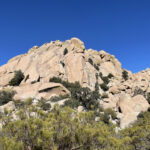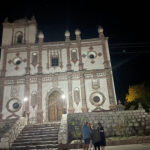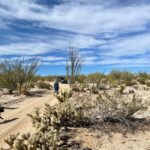Carolyn and I took a day trip from Vadodra to visit the relatively new Statue of Unity. I’m glad we did. The statue is impressive and bills itself as the largest statue in the world but the best part for me were the visitors. They were almost all Indians from various parts of the country and loads of school children. I don’t think we saw any non-Indian visitors. The site clearly aroused patriotic feelings in the visitors not unlike what we see on a visit to Washington DC or even the Grand Canyon. We were lucky to arrive early in the day so we enjoyed an uncrowded tour before the busses arrived.
The statue is of Sardar Patel. Patel was a follower of Gandhi and a key leader in the Indian struggle for independence from the British. Underneath the statue is a historical museum documenting that time. We both found the history inspirational as did the other visitors. Prior to and during India’s time as a British colony India didn’t exist as a single country but rather as a collection of some 562 independent fiefdoms. The British were severely weakened by World War II and didn’t have the resources to enforce its hold on India. Britain wanted to keep control of India but just didn’t have the money to pour into the effort. So when an organized independence movement appeared they came up with a plan to keep trade access and control with minimum expense. The idea was based on the fact that the fiefdoms were always at each others throats. The thought was it’d be possible to pull the army from India but still maintain control of the assets by playing one fiefdom off against another. The fiefdoms didn’t even have a common language making it even easier. Against all odds Patel organized a country out of the fiefdoms eventually getting all 562 to give up individual sovereignty. After the British left the united fiefdoms were able to govern themselves as an independent nation and resist the British attempts at control.
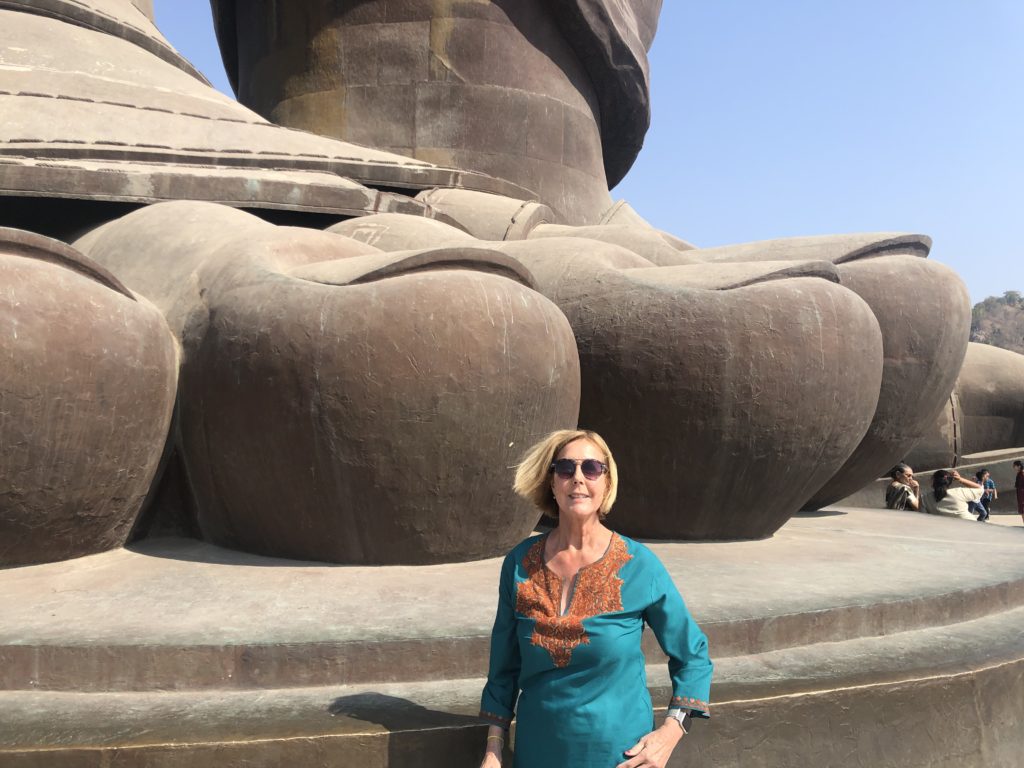
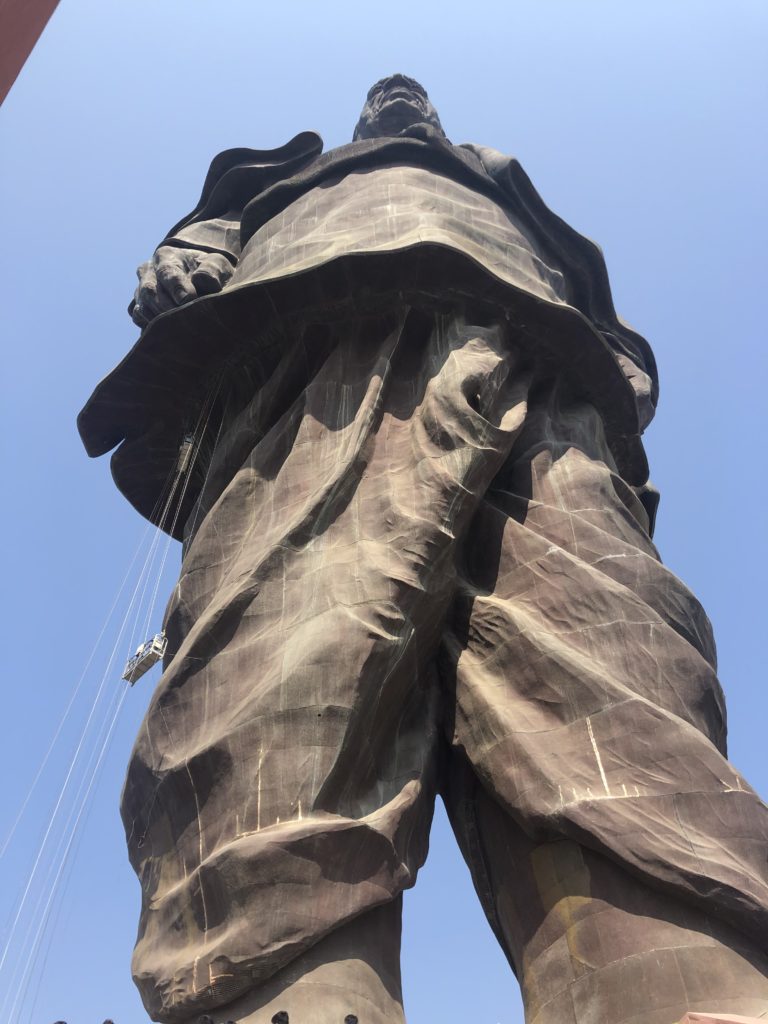
Here’s the view looking out from Patel’s belt buckle.
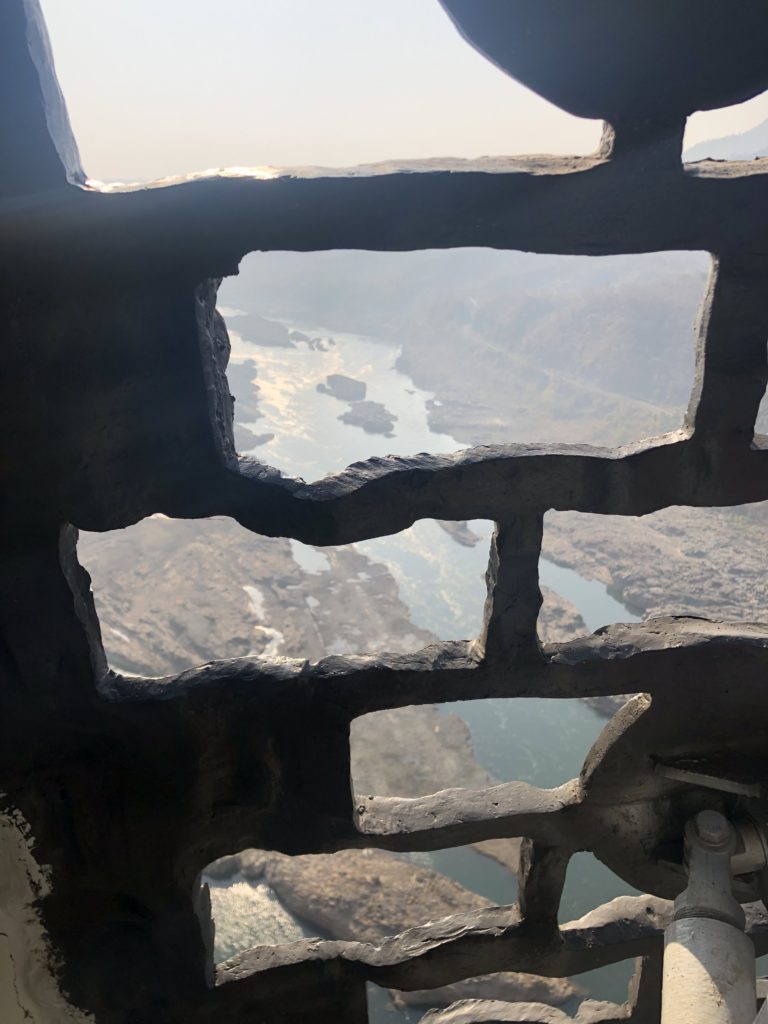
The museum includes a lots of photos, historical exhibits and a couple movies. There was also the ‘Pledge’ counter . This consisted of several terminals accessible by anyone where folks would make any freeform pledge they wanted. While there we saw multiple patriotic pledges as well as simple things like pledging to support litter clean up in India (badly needed!).
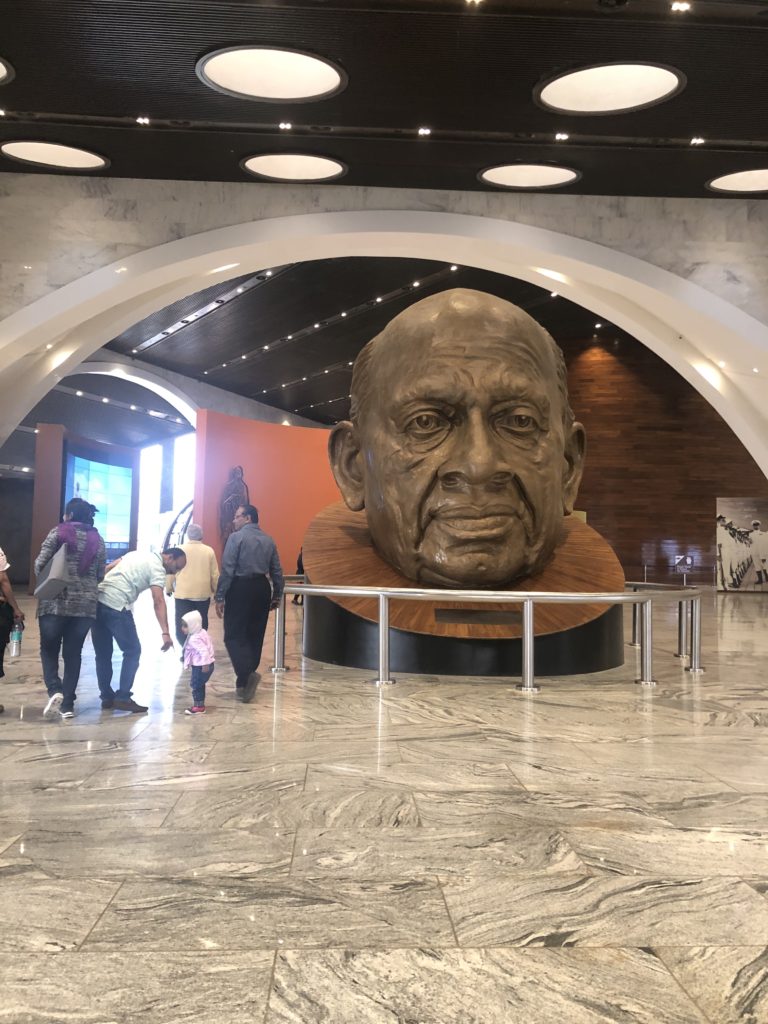
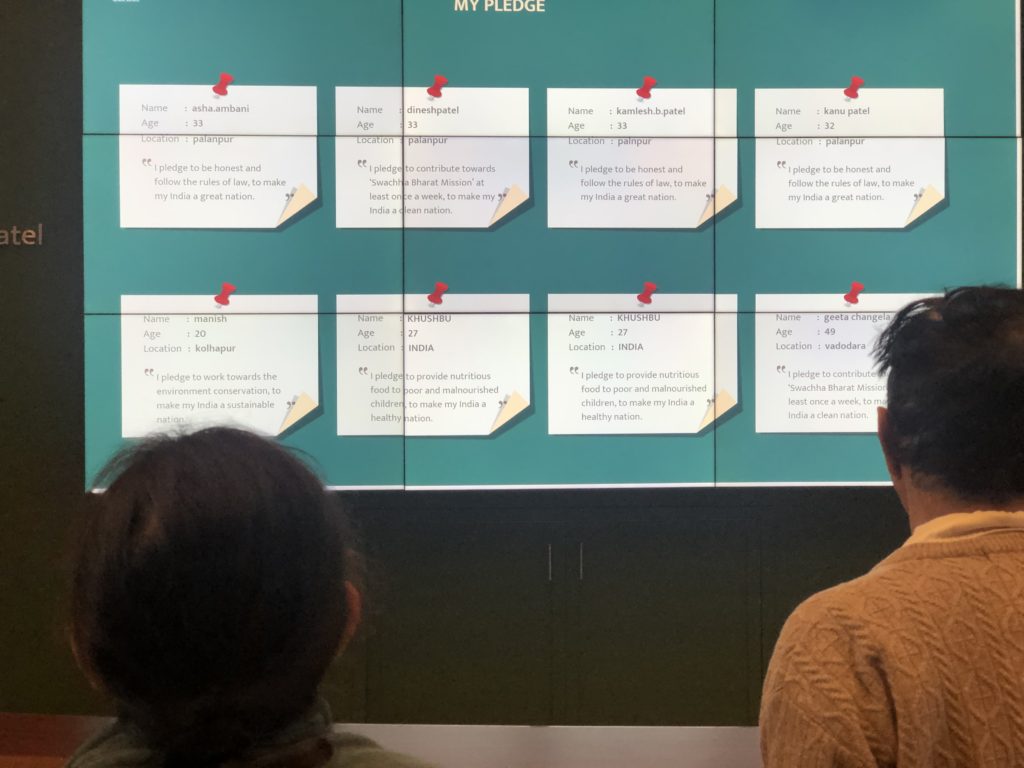
I visited the restroom at one point and was impressed with their symbol choices for men/women restrooms.
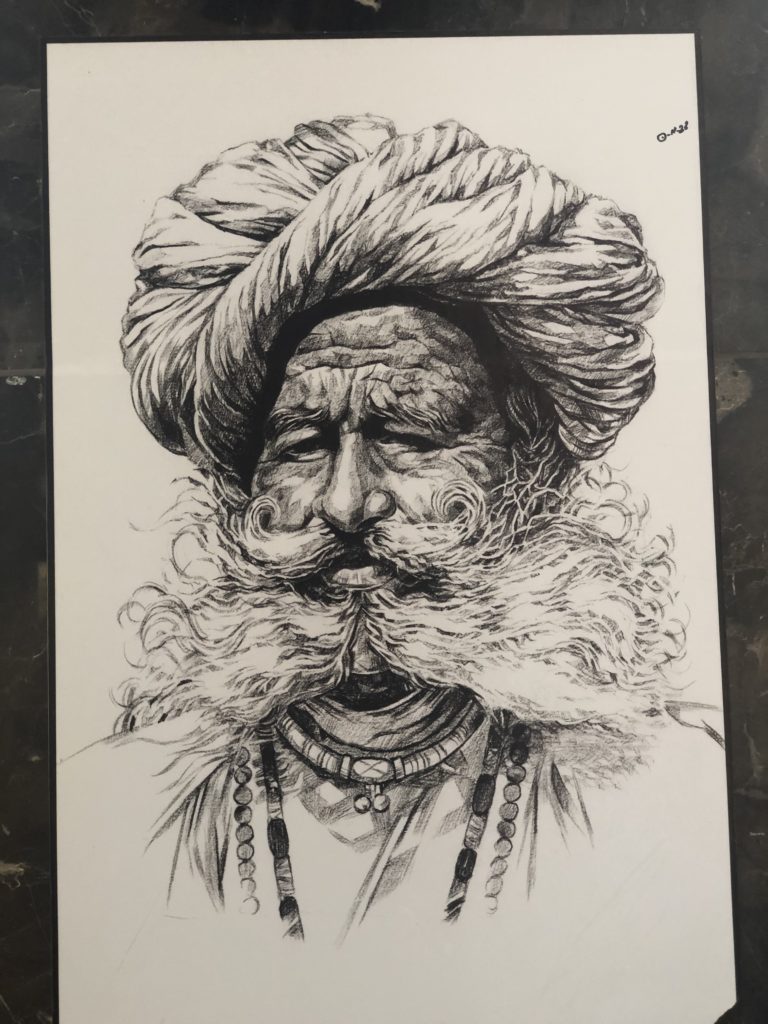
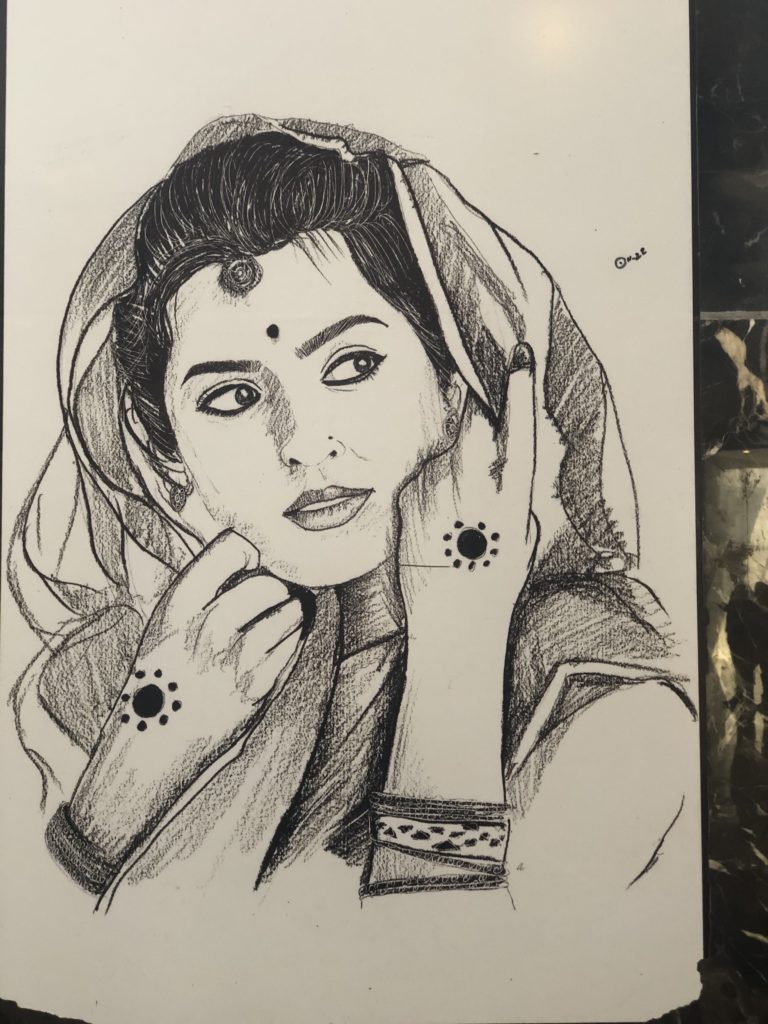
The statue is located next to the vital Sardar Sarovar dam. The dam serves as a reservoir feeding water to farmers and electricity to cities over the adjacent four Indian statue. Much of the area surrounding the dam has been opened up for recreation and tourism. Think boats, sightseeing tours, gardens and a jungle theme park. This was the first place where we really felt like some kind of celebrities with adults and kids wanting to talk pictures with us. A few times we turned the tables and asked them to take photos of us.
